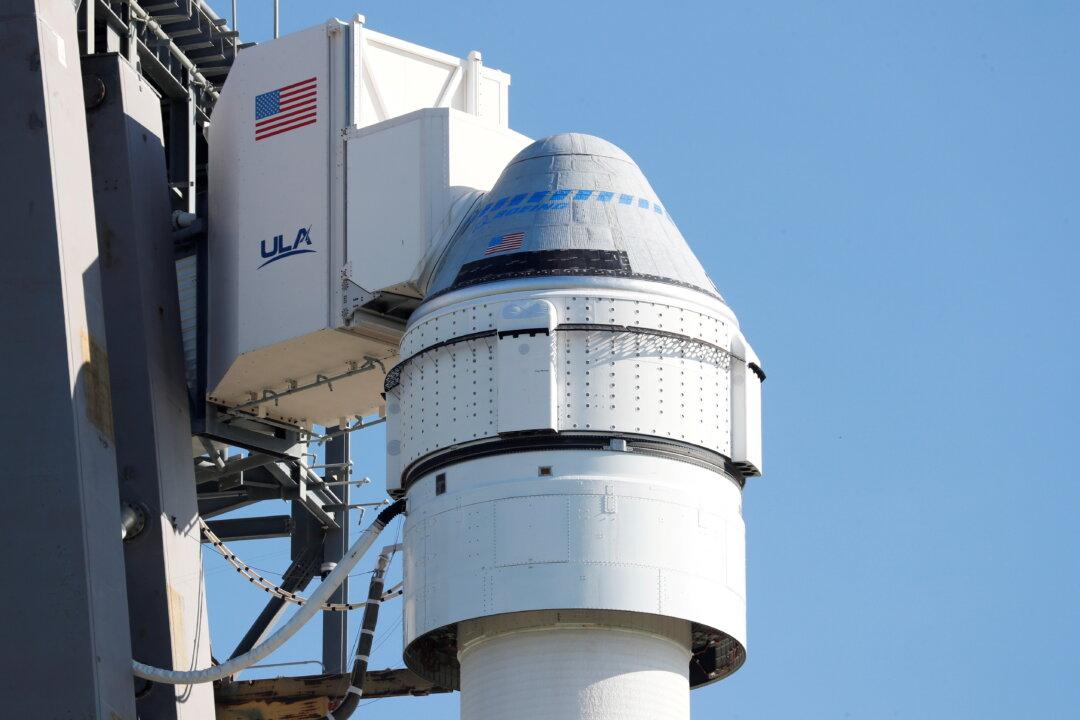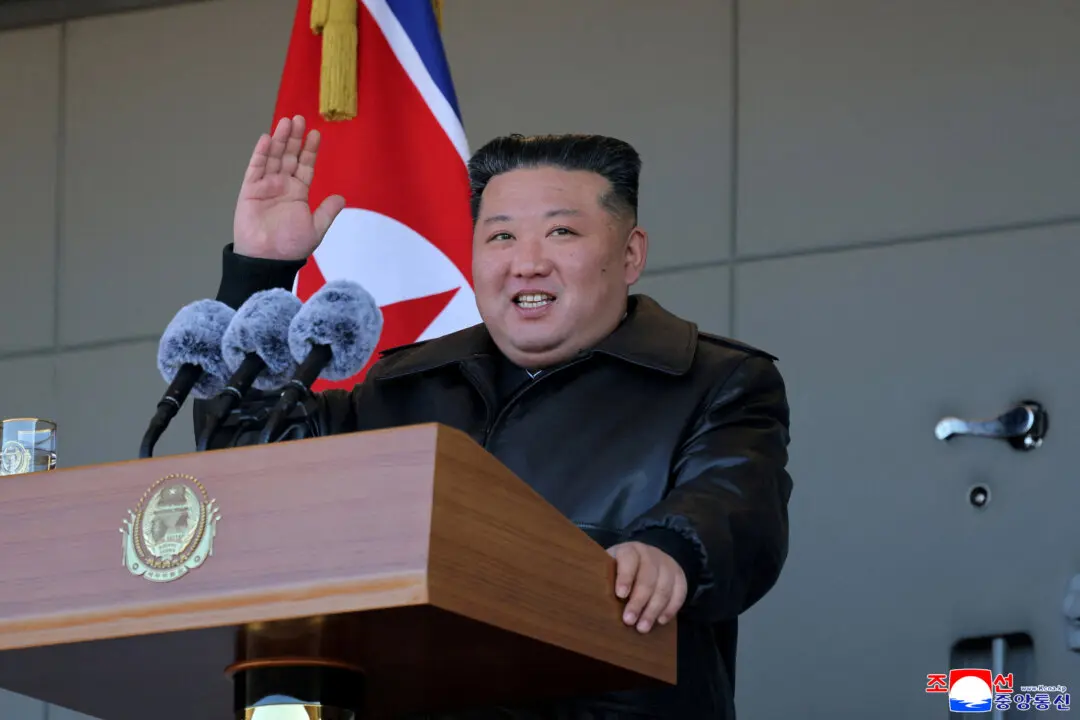Boeing on Tuesday postponed the planned launch of its CST-100 Starliner capsule from Florida’s Cape Canaveral bound for the International Space Station due to a glitch in what was to have been a crucial do-over test flight following a near-catastrophic failure during its 2019 debut.
During pre-launch preparations, Boeing engineers detected “unexpected valve position indications” in its propulsion system, Boeing said in a statement. The problem was detected during checks after electrical storms in the region, Boeing added.





